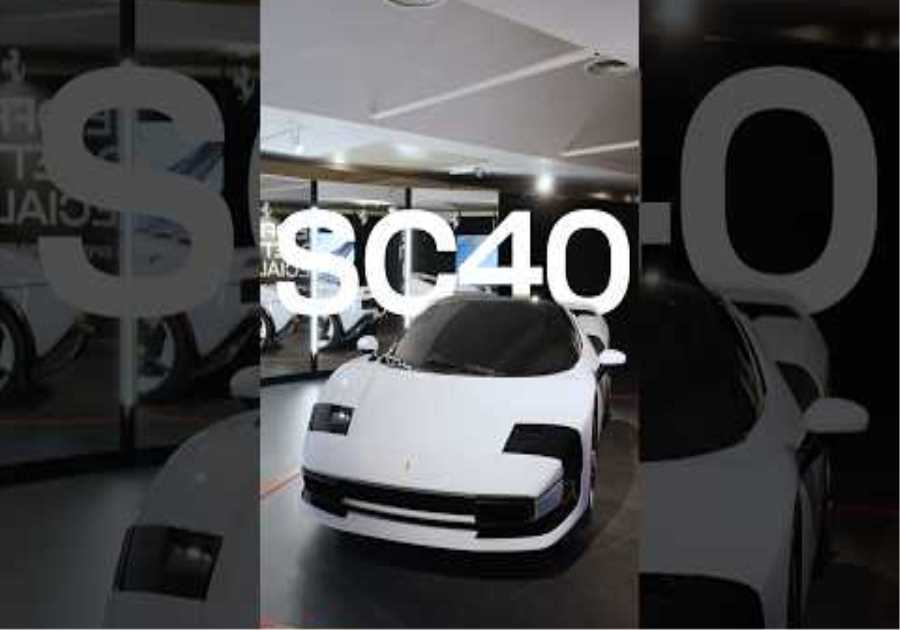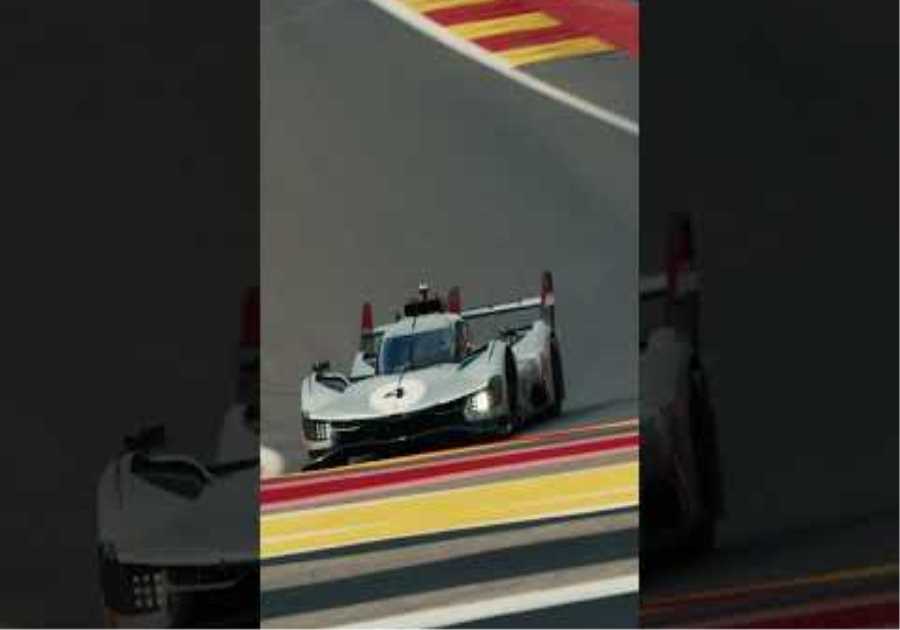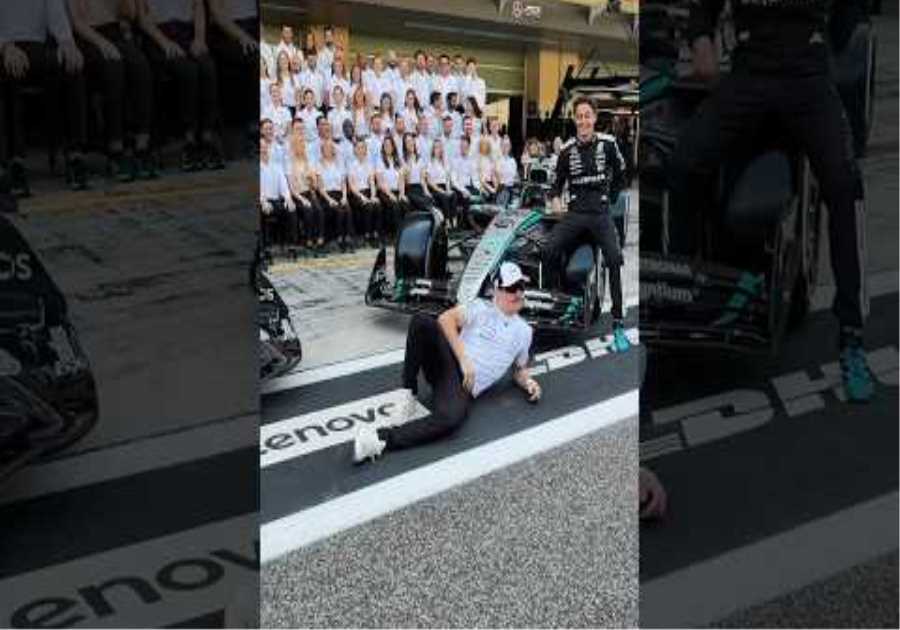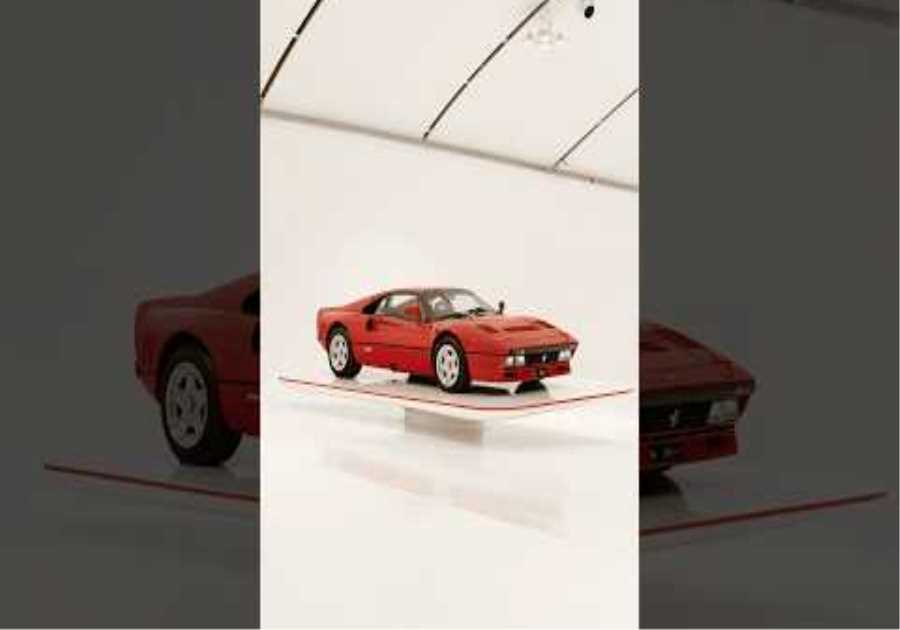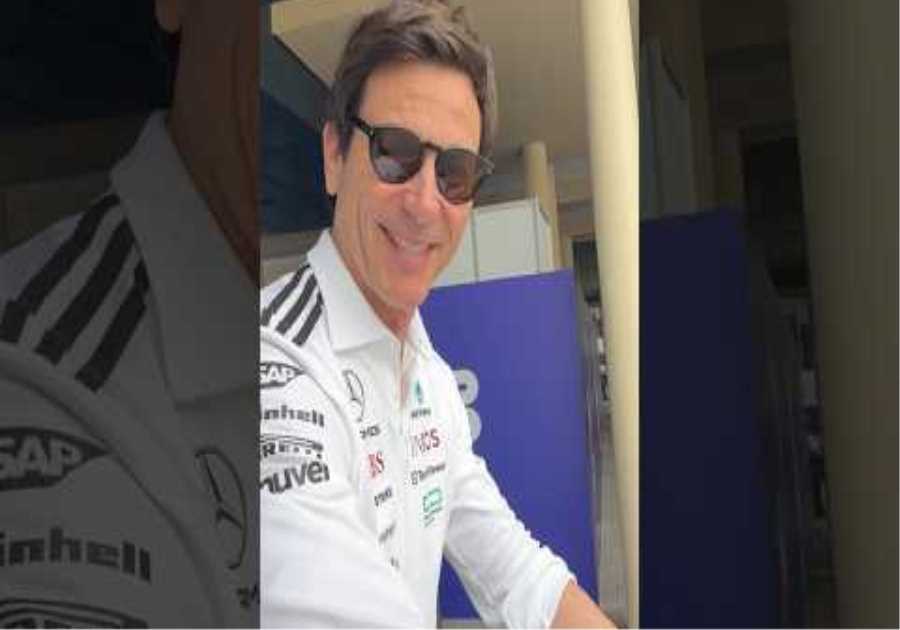
F1 teams debuted new single-seaters this year, based on completely revised regulations. Despite the budget ceiling, which limits the expenses of each structure, the teams have worked enormously on their car, in order to bring more or less significant changes.
Today we discuss the changes made to the Mercedes W13 between the Bahrain Grand Prix and the Hungarian Grand Prix, the first and 13th rounds respectively of the 2022 Formula 1 season.
The main evolution of the single seater
Mercedes F1 made the biggest change to its 2022 single-seater even before the start of the season, but it contributed to all the changes that followed over the first 13 races of 2022.
During the first three days of winter testing in Barcelona, the W13 displayed rather classic pontoons compared to the other new single-seaters. These were slightly domed, not bulky at the rear, and had a square air inlet at the front.
But between the two weeks of preliminary testing for this season, rumors emerged that Mercedes wanted to remove the sidepods from its car. A paddock noise that proved almost true in Bahrain, for the second week of testing.
The air intake has abandoned its square and rather gaping shape for a very thin appearance, following the shapes of the monocoque. These air intakes were also largely set back, where the other teams tended to move them forward around the cockpit.
From the front, you could hardly see the pontoons, reduced to their simplest expression. To compensate for the reduction in these air intakes, impressive gills – also seen on the Williams FW44 subsequently – have appeared on the side of the engine cover, which has become very vertical.
The goal was to keep a tighter airflow around the car, which was supposed to reduce aerodynamic drag. We will see later in this article that the goal was not achieved.
Less significant changes
Apart from the sidepods, the floor was the part that underwent the biggest changes over the year, with more complex shapes as Mercedes better understood the issues associated with this new concept.
In Spain, the 13 sported a fin on the keel below the cockpit, creating almost a double T-keel, like the Aston Martin AMR22. During the same Grand Prix, the floor underwent a new modification, to alter the path of the air, and therefore the support, which made it possible to reduce porpoising.
In Great Britain, the floor has again been totally changed, with different edges to modify the airflow on the lower part of the single-seater. These changes also stemmed from another change made the same weekend.
Indeed, the suspensions of Lewis Hamilton and George Russell’s single-seaters have changed significantly for the two drivers’ home round. The front suspension has thus increased in volume to be able to lower the airflow to the bottom of the car.
The same weekend, the vertical daggerboards in front of the floor and the pontoons were also modified. By doing this, Brackley’s team hoped to improve the downforce generated under the car, but also improve cooling through better air intake in the lower volume sidepods.
The fins have also changed several times throughout the season. At the front, it’s the junction between the horizontal planes and the vertical fins that have greatly evolved, while the rear wing has adapted on several occasions to the circuits visited by the calendar.
What is the outcome of these developments?
On a technical level, the refined pontoons should therefore allow Mercedes to reduce the drag of its single-seater, and to increase the quantity of air going towards the diffuser and the beam wing on the rear wing.
But it turned out that the drag increased a lot with this slimmer shaped car, causing a net deficit in top speed. The larger size of the floor, since the body was narrower, caused more flexibility, and therefore porpoising.
From there, Mercedes questioned the whole philosophy of its W13, going so far as to consider abandoning the solution without sidepods if the evolution of Barcelona did not bring the expected improvements.
On the other hand, the evolution of Barcelona has made it possible to reduce porpoising, if we put aside the accident that was the Grand Prix of Azerbaijan, where the Mercedes have heeled and porpoised like nowhere else.
Over the course of the new parts and the refined concept, the W13 has however clearly improved in performance, approaching the two leading teams to the point of taking pole position at the Hungarian Grand Prix. Failing to aim for the titles, since progress comes late, the developments should allow Mercedes to play for victories before the end of the season.
Did you miss our previous article...
https://formulaone.news/mercedes/charles-leclerc-and-max-verstappen-disagree-over-controversial-fia-matter

